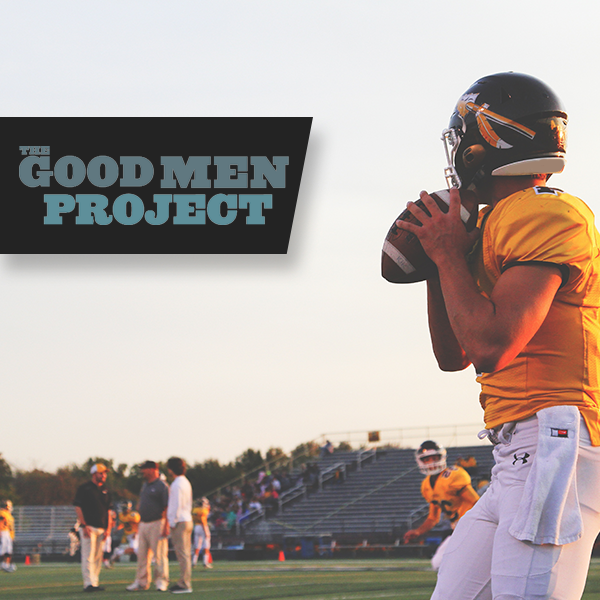Former NFL player, Robert Rannigan, realized the destructive nature of collision sports when he delivered a concussive blow to another player during the preseason rookie training camp. The incident drove Rannigan to transition out of professional football and find a new way to experience worth without violence. For Rannigan, meditation became an important way of practicing awareness to reduce stress and promote healing.
My last hit on the football field was sometime in July 1970 at the Cleveland Browns preseason rookie training camp. That hit changed my life forever.
One lesson I’d learned in the football culture was that you either deliver the blow or receive it. On this occasion I delivered the blow, it gave me a brief moment of satisfaction, swinging my forearm against the side of another player’s helmet and feeling the reward of seeing his body go limp.
Seconds later, as I stood over him with an intention of helping him up, a feeling of disbelief washed through me. He was unconscious. The satisfaction, as it had many times, transformed into remorse.That was the last time I delivered the blow physically. Several hours later, I was on my way home, back to the roots of my confusing journey into football and disregard for my kind, altruistic heart.
Concussive blows require a learned disregard for basic human nature and wonderful sensitive bodies we inhabit. Football and other collision sports have taught young males and now females, to ignore our higher order, kind and generous nature and to follow the base instinct of domination.
The physical cost of this lower-order thinking and behavior is increasingly obvious. Medical research into brain trauma, disease and mortality is clear: We must stop the head hits.
In light of this research, I am amazed and grateful to be alive. With my amazement has come the question: “How is it that I am still alive? Why didn’t develop the debilitating or terminal concussion disease that so many other men have tragically experienced?”
My adjustment to the transition out of violent competition had been daunting. My seeming loss of identity was confusing and painful. How would I prove myself now? And to whom? The world seemed stripped of meaning. How could I be important again?
This inquiry led to a great many generous teachers pointing to one common element in self valuing: moment-to-moment awareness of something more than individual history. Regardless of the language or theory, lesson after lesson led me to learn to watch my thinking and emotions.
Meditation became for me a challenging and promising experience. By sitting with a candle, a word, or my breath, I began to understand how it is that I could experience worth again…without violence.I observed voices, thoughts and images demanding my attention. With practice this observing led to realizing I had a choice in how and where I pointed my attention. Mindfulness, an expanded awareness of what is possible, became for me a necessary exercise if I was to continue feeling healthy, connected, harmonic.
So I took on the practice of awareness, allowing observation of my thinking and emotions. Anger and fear emerged as patterns in my thinking and feeling. Recognizing these patterns helped discover in myself what has since been confirmed in biological science: neurogenesis, the generation of new brain matter.
During and after football moodiness, depression and suicidal impulses bore heavily in my mind. Meditating gradually helped me to ignore patterned emotional fear and anger in favor of simply being still when they appeared.
Gradually emotional upheaval and despondency have abated, allowing room for enjoyment of what is rather than fear of what might be, or resentment of what was.
Could this have been the hidden answer to why I didn’t develop CTE?
Had I stumbled onto a way to diminish the impetus of repetitive trauma by discontinuing the mental and emotional echoes?
In mindfulness lives the understanding that life grows with attention. It makes sense that not paying attention to what feeds it could stop the pattern.
At this moment I believe I was fortunate to stumble back into the healing energy which is always potentially available, but can also be ignored. When violence is prioritized over mutual respect, the result emerges in the body physical and emotional.
A question I heard recently was whether meditation could help those afflicted with CTE to experience again the unifying energy of healing.
There’s plenty of evidence that mindfulness reduces stress and promotes healing. The type of awareness which can turn away from fearful, violent cultural beliefs, including combative sport as a masculine proving ground, can help anyone skirt the danger of self destructive behavior.
It’s my belief that mindfulness helped me develop out of what could have become CTE. How mindful meditation can impact on those who have and are coping with the affects of CTE is worth exploring further.
